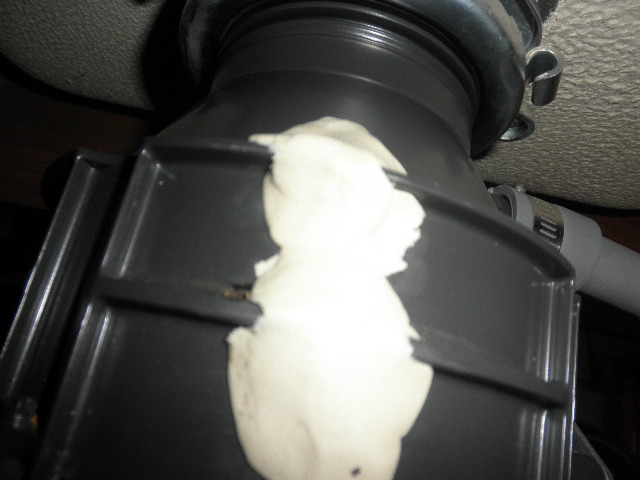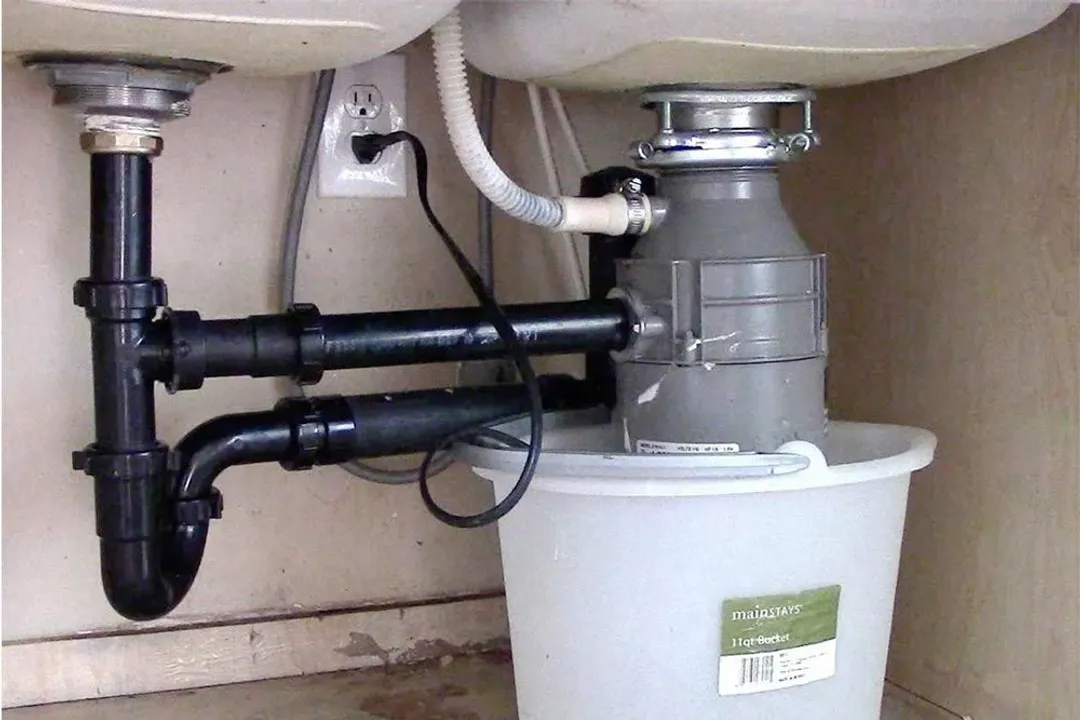In this article below you will find additional helpful help and advice around Why Is .

Garbage disposals are essential cooking area devices that help in disposing of food waste effectively. Nevertheless, a dripping waste disposal unit can be a frustrating and unpleasant problem to handle. Fortunately, lots of leakages can be repaired conveniently with a few simple actions. In this write-up, we will discuss just how to deal with a dripping waste disposal unit efficiently.
Introduction
Waste disposal unit are mounted under kitchen sinks and are created to shred food waste right into smaller sized pieces, allowing it to pass through the pipes system conveniently. While these devices are generally trustworthy, leakages can occur gradually as a result of damage, loosened connections, or damage to the unit.
Common Reasons For Leakages in Trash Disposals
Worn Seals and Gaskets
Seals and gaskets play an essential function in preventing water from dripping out of the garbage disposal. With time, these components can deteriorate, bring about leakages around the disposal device.
Loose Links
The links in between the waste disposal unit and the plumbing system can become loosened with time, causing water to leakage out during procedure.
Fractures or Openings in the Disposal System
Physical damage to the waste disposal unit, such as splits or openings in the housing, can likewise cause leaks.
Recognizing the Resource of the Leak
Prior to trying to repair a leaking waste disposal unit, it is necessary to determine the source of the leak. This can typically be done via aesthetic evaluation or by conducting simple examinations.
Visual Evaluation
Check the garbage disposal device meticulously for any type of signs of water leakage. Pay attention to areas around seals, gaskets, and connection points.
Checking for Leakages
One means to test for leakages is by running water via the disposal device and checking for any noticeable signs of leak.
Devices and Products Needed for Taking Care Of a Dripping Waste Disposal Unit
Before beginning the repair work process, collect the needed tools and products, consisting of a screwdriver, adjustable wrench, plumbing professional's putty, substitute seals or gaskets, and epoxy or patching material for repairing cracks or holes.
Step-by-Step Overview to Taking Care Of a Dripping Garbage Disposal
Switch off the Power
Prior to trying any kind of repairs, ensure that the power to the waste disposal unit device is shut off to stop the risk of electric shock.
Situate the Leakage
Recognize the precise area of the leakage and identify the reason.
Tighten up Links
Utilize a wrench to tighten any type of loosened connections between the disposal system and the plumbing system.
Change Seals or Gaskets
If the leakage is due to used seals or gaskets, get rid of the old parts and change them with new ones.
Patching Fractures or Openings
For splits or holes in the disposal device, usage epoxy or an ideal patching material to secure the damaged location.
Checking the Garbage Disposal After Repair Service
As soon as the repair service is complete, test the garbage disposal by running water via it to guarantee that the leakage has been resolved.
Preventive Upkeep Tips to Stay Clear Of Future Leakages
To prevent future leaks, it is vital to carry out routine maintenance on your garbage disposal. This consists of keeping it tidy, staying clear of putting non-food products or difficult items down the disposal, and regularly looking for leaks or various other concerns.
Verdict
Finally, fixing a dripping garbage disposal is a fairly straightforward procedure that can be finished with standard devices and materials. By following the actions laid out in this article and practicing precautionary maintenance, you can keep your waste disposal unit in good working condition and stay clear of costly repairs in the future.
What to Do About a Leaking Garbage Disposal
A leaking garbage disposal often goes unnoticed until you confront a sopping cabinet, a foul-smelling puddle, or an audible drip-drip-drip from the unit. The fix can be frustrating, too, because the leak can stem from a number of components in the system. Fortunately, with a little sleuthing, you can zero in on the leak and—depending on the exact location—stop the icky oozing and repair the component that caused it. Worst case scenario, if it turns out that the garbage disposal must be replaced, installing a new one is a reasonable do-it-yourself task for those with basic plumbing skills. Read on to keep the cash you’d otherwise hand over to a pro.
Prepare to find the leak
Prior to testing the garbage disposal for leaks, unplug it at the wall outlet and turn off the power from the breaker box to prevent electrical shock. Then insert a watertight sink stopper into your sink drain and wipe the unit dry with a clean cloth. In any handy container, mix a few drops of food coloring into a few cups of water, and pour the dyed water onto the sink stopper to help you locate the leak.
Investigate the source
- the top, where the disposal meets the sink drain
- the side, where the dishwasher hose or main drain pipe connects to the disposal
- or the bottom of the unit
Inspect each of these locations while gliding a light-colored rag over the unit; the dyed water will readily show on the rag and reveal the location of the leak. If a leak isn’t immediately apparent, remove the sink stopper and pour a few more cups of dyed water down the sink drain, then check for leaks again. Leaks near the top of the unit are more likely to show themselves while the sink is plugged, while side and bottom leaks are more noticeable while the sink is unplugged.
The metal sink flange that sits directly inside the sink drain is typically sealed around the top with plumber’s putty (a clay-like sealant) and then secured from under the sink with bolts. If the plumber’s putty deteriorates, or the bolts loosen, the flange can no longer form a watertight seal between the sink drain and the disposal—which could cause a leak at the top of the unit.
To reseal the leaky flange, you must first detach the garbage disposal. Start by loosening the screws securing the main drain pipe to the disposal, then loosen the screws in the metal clamp securing the dishwasher hose to the disposal and detach the drain pipe and dishwasher hose from the disposal. Loosen the screws in the mounting ring that connects the disposal to the metal mounting assembly beneath the sink, then pull down the disposal and carefully set it on a clean, dry surface. Loosen the bolts in the mounting assembly with a wrench, then pull down the mounting assembly and set it near the disposal.

I was shown that article on Tips on Fixing a Leaking Garbage Disposal from a good friend on another blog. Do you know about another individual who is truly interested in Tips on Fixing a Leaking Garbage Disposal? Please feel free to promote it. Thanks a lot for your time invested reading it.
Call Today
Comments on “Simple Instructions for Repairing a Leaky Waste Disposal”